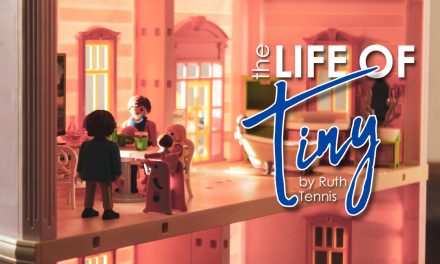January at RRC is a time when people call us with questions about next fall. The “planners” are out in force, probably preparing for attending a homeschool convention this spring. They will have materials ordered by June 1st and relax for a bit before starting lessons again in August. Ahhh, to live in a perfect world! How else are you going to ensure that your 1st grader will get at least a 30 on his ACT if you don’t lay the groundwork now? Although dads like mine love to say things like “Prior planning prevents poor performance,” I’ve learned to leave some room for the unexpected. It could turn out to be something great!
So, how do you start building Rome?
Step 1: Determine how your child learns.
This is huge. What if you have a 5 year-old and have no idea how they learn? You can call us, we can help you find something to use this next year. You are allowed some diagnostic time at this age. Work on phonics and math, and observe. How long can he sit? Does he like to write? Is he watching your face as you talk? Are you using a white board? Are you drawing pictures or using household items to make your point stick? Is he fresher first thing in the morning or after being up for awhile?
Step 2: Find a good fit.
Find a good program that fits their learning style and offers several grade levels for continuation. I always like to see a child do a few years of one program rather than a bit of this and that. Curriculum builds from year to year. You might be using a Classical, Charlotte Mason, traditional textbook approach or a mix of styles, but if you find a good fit, try and do try more than a year of it.
Step 3: Know Your Students!
Gauge their hunger for learning and adjust as necessary. Since I used to teach gifted kids in the classroom, I encourage parents to give those children “more.” Those kiddos might wear you out finding them “more,” but do it. Give them more to read, more to create, more to consider and write about, more to present to you. If your student just read about someone fascinating, try this little teacher idea. Interview your child as that person. Have him write out interview questions that you will ask and they will answer as Amelia Earhart or Sitting Bull. Then throw in some questions that you come up with on the fly and watch your student reply! This is as much of an assessment as a 20-point history test and it gives both of you some variety in your lessons, and something to remember for a long time (unlike that 20 point test).
So, is Rome built yet? Nah, but building Rome is a journey – an experience for everyone from the engineer to the laborer. Break it down into steps and start with a subject that you, the parent, are comfortable with. Keep your options open as you are looking for materials. Just because you start out with a Classical approach doesn’t mean you are not allowed to change things here and there to suit your family. There may be something fabulous that was outside of your original search criteria. This is a reminder for the super-planners as well as those feeling like they don’t know where to begin. Rome doesn’t have to be finished by June 1st. Enjoy the build!





